A review of Still the Same Hawk, edited by John Waldman. 2012. ISBN: 9780823249893. Fordham University Press, New York. 160 pages.
“Dualism is the defining quality of urban nature.”
 Thus begins John Waldman’s introduction to Still the Same Hawk, a grab bag book of “reflections on nature and New York” from eleven different authors. For some readers new to the topic, the very notion of “urban nature” may be a dualism in and of itself: a pair of words missing a conjunction to make them make sense. Urban and nature. Urban or nature. But urban nature? What on earth is that? Waldman and his colleagues set out to find out.
Thus begins John Waldman’s introduction to Still the Same Hawk, a grab bag book of “reflections on nature and New York” from eleven different authors. For some readers new to the topic, the very notion of “urban nature” may be a dualism in and of itself: a pair of words missing a conjunction to make them make sense. Urban and nature. Urban or nature. But urban nature? What on earth is that? Waldman and his colleagues set out to find out.
Robert Sullivan literally wrote the book on what he calls “nature that people would rather not think about”—a 256-page meditation on a horde of rats living in an alley at the southern tip of Manhattan. Sullivan’s essay focuses on the nature that thrives and prospers in cities, “…the nature that everyone is not looking at, the nature that Ansel Adams avoided, that people don’t use as screensavers or put on the side of their coffee mugs.” Nature isn’t missing from cities, Sullivan argues. We just refuse to acknowledge it because it’s unexceptional or unappealing. Rats and roaches, rotting trash and roosting pigeons. He challenges us to pay closer attention and, in doing so, transform the unexceptional into the sublime.
The book takes its title from Sullivan’s observation that a hawk nesting on the windowsill of an Upper East Side apartment is a newsworthy event, while a hawk perched on a cliff in the Catskills is, well, just another hawk. And yet, as the book’s title tells us, it’s “still the same hawk.” Same species, different context. We humans choose to focus on the former and shrug at the latter. Our expectations shape our perceptions, and vice versa. In short, we can choose to see nature and the city in a different light. If there’s one theme that runs through all the essays in this potluck collection, it’s probably summed up by two simple words: pay attention.
William Kornblum, a researcher and writer based at the City University of New York, struggles to craft a coherent “land ethic for the city” in his essay on teaching undergraduate environmental sociology at Queens College. His class wanders outside to explore the landscape surrounding the campus. They discover a tight grid of row houses overlooking the sunken six-lane Long Island Expressway before scurrying along to find a patch of urban greenery in nearby Kissena Park. Like an ersatz Socrates strolling outside the walls of Athens, Kornblum peppers his students with questions as they make their way through the neighborhood: “Why is the land here so elevated?” “What happens when it rains or snows and the water runs off the streets?” “What do land uses at three of these corners have in common?”
The students, Kornblum admits, “seem perplexed” by his questions. So, too, is this reviewer. It hardly seems fair to ask questions that most students are unlikely to be able to answer without some prior knowledge of the topic. This isn’t maieutic teaching; it’s uninformed guesswork. These students may see the things Kornblum points out, but, to paraphrase Sherlock Holmes, they aren’t invited to observe. Though his meanderings are well meaning, Kornblum fails to deliver a cohesive land ethic for urban life by the end of his essay—an unfortunate disappointment, given how beautifully he writes about New York harbor in his 2002 book At Sea in the City.
David Rosane, another educator, recollects a series of personal interactions with New Yorkers confronting the dualism of urban nature. He casts a spotlight on three New Yorkers in a mini-drama with a raccoon in Central Park: an uptight white woman from the Upper East Side who frets about rabies, a sharp-tongued and world-weary Latina who shrugs off the white woman’s warnings, and a timid Asian woman who wonders aloud if raccoon meat makes for good soup. Rosane is well-meaning in his enthusiasm for New York City’s multiethnic mosaic—we all discover nature in our own unique ways!—but the stereotypes are distracting and do little to advance his message.
Devin Zuber’s essay redeems the theme on teaching and learning that pops up again and again throughout Still the Same Hawk. Good teaching often follows the same rules as good writing, and the axiom “show, don’t tell” aptly summarizes Zuber’s strategy as he invites students at the City University of New York to investigate and interpret the city on their own terms. They find arresting moments of beauty in their everyday experiences of the city, linking small and tangible objects to big and abstract ideas about urban ecology. Like Casper David Friedrich’s Wanderer Above the Sea of Fog, Zuber’s students venture out in search of the sublime and come back having transcended the divide between nature and the city.
Zuber argues that imagination and an appreciation for beauty are integral to understanding the complexity and richness of nature in unnatural settings. It takes a wild mind to see the ghost of Minetta Stream still trickling under the asphalt of Downing Street in the West Village; to see a line of street trees in Midtown as a single small copse in a sprawling rectilinear urban forest; to see the whole of New York City as a palimpsest landscape first etched upon more than twenty thousand years ago by a massive ice sheet travelling south from the Arctic Circle. Imagination, in this sense, is the practice of speculative transformation, of picturing what could be and what could have been.
In her Corner Garden, Dara Ross recalls a small group of imaginative neighbors in Brooklyn that transformed a garbage-strewn vacant lot into a lush community garden. Ross offers a dialogue-driven glimpse at mundane moments in the garden’s history. We overhear Zora and Alma, two of her neighbors, reflecting on the day the garden got started:
“R.C. was out there cleaning up that nasty-ass mess but so was JoJo, Liliana, Lester, Calvin, Sherrie, NayNay, and even that lazybones Willie…” Zora recalls.
“Shoot girl, now I know that was a lot of work,” Alma replies.
“Sho’ nuff it was,” Zora confirms.
These aren’t caricatures like the ones we find in Rosane’s essay; they’re full-blooded characters, each unique and fully alive on the page. We eavesdrop on their chitchat and discover the truest value of community gardens in their deliberations and debates, reminiscences and remonstrations.
Kelly McMasters offers up a similar mini-memoir of her time living in a basement apartment near an abandoned moonscape in the Gowanus neighborhood of Brooklyn. Her essay inventories the utopian schemes projected onto a parcel of land contaminated by the residue of a manufactured gas plant from the Gilded Age. This “section of land in Brooklyn where the Gowanus Canal curves like a comma” would see plans come and go for a public park, a high-tech vertical farm, and any number of competing proposals for new housing. The winner, in the end, was a hybrid of sorts: gardens, parks, and a cluster of condos slated to open in 2017. “This block will be the most expensive in the neighborhood soon,” McMasters’ landlord declares, his imagination running free. “You watch.”
Phillip Lopate tackles one of the most enduring contradictions between American environmentalism and urban design: our love/hate relationship with the sort of dense development currently sprouting up along the Gowanus Canal. Lopate argues that naturalists and urbanists should be friends—that high-density cities are more energy efficient and take up less space than the suburbs designed to replace them. “I don’t know when God declared that there should be no skyscrapers in Brooklyn,” Lopate writes, challenging high-minded NIMBYists in a low-rise borough of brownstones to think of the benefits that come with well-planned density. That’s the kicker, though. In the rush to redevelop, cities like New York have seen density increase without a corresponding investment in infrastructure and municipal services. Skyscrapers are fine, but without affordable rental units, reliable subways, well-maintained parks, excellent schools, and access to a decent grocery store, city dwellers may end up striking out for the suburbs after all.
In Monarchs of the Urban Mind, Betsy McCully focuses her imagination backward to “mentally excavate layers of time and space ever deeper” to discover a New York where “continents docked and drifted, mountains rose and eroded, glaciers advanced and retreated.” McCully sees a region that was already on the move long before Henry Hudson floated into the harbor or Peter Minuit put a down payment on the island of Manhattan. “It’ll be a great place if they ever finish it,” O. Henry wrote about New York more than a hundred years ago, long before skyscrapers and superblocks. McCully, reflecting on the cyclical rhythms of butterflies and horseshoe crabs migrating in and out of the city’s harbor, helps us see that New York is a great place because they never finish it—they being the gods of old who cause mountains to rise and fall and rivers to change their course and the demigods who’ve built canyons of concrete and steel, highways and harbors and railroads and acres and acres of parks.
Stewart Brand, an iconoclastic environmental thinker with an unapologetic love for cities, calls this sort of perspective “long now” thinking. It forces you to look past the trivia of daily life and situate yourself in a broader, more consequential view of yesterday, today, and tomorrow. While McCully digs deep into the long now of New York’s past, Anne Matthews scans and summarizes a stack of scholarly reports forecasting the city’s future and identifies four basic scenarios. The first is a “dystopian battleground of civic chaos and decay, a Bladerunner vision of New York” in a warming and increasingly crowded world. The second is a “milder edition of this chaotic future”—a sprawling megalopolis with creaking infrastructure and ecosystems on life support. Things get better in the fourth scenario: the city is retrofitted for environmental sustainability and resilience in the face of climate change. The fourth is a mix of the preceding three: New York as an archipelago city, surviving though its geography and its infrastructure are altered by rising seas. Which scenario will become a reality?
If McCully and Matthews bring the “long now,” then essayists Tony Hiss and Christopher Meier bring the “big here.” In their Welcome to the H20 Region, Hiss and Meier invite residents of New York to think of the region surrounding the city’s harbor as a “second address” filled with rivers and streams, beaches and wetlands, forests and mountains and valleys to rival any National Park way out west. If the residents of San Francisco and Berkeley and San Jose and Sausalito can all claim the “Bay Area” as their home, why can’t the people of Middletown and Newark and Fort Lee and White Plains picture themselves belonging to a larger “Harbor Area” with New York City at its center?
Frederick Buell does a fine job of summing up the book in his essay on the cultural history of nature in New York. Buell argues that we are living through a slow motion environmental apocalypse. There’s no going back to the way things were, and surviving the future will likely involve exploring and appropriating the contradictions between cities and nature that governed our thinking in the past. In the future, nature will be both nowhere and everywhere—not just because of the radical changes from climate change that already in the pipeline, but because we will have learned to think of nature in a different way.
Still the Same Hawk raises more questions than it answers—a fitting tribute to the complexity and chaos of an urban ecosystem that refuses to settle down into anything vaguely resembling a climax community. Though the quality of the essays varies, the book includes some truly thought-provoking treasures that are easily paired with longer classics such as Nature’s Metropolis by William Cronon or The Granite Garden by Anne Whiston Spirn. Sullivan’s essay, for example, deserves a place on any undergraduate environmental studies syllabus. Ross’s essay should be required reading for anyone in the ever-growing urban agriculture movement.
Waldman deserves credit for compiling the first approachable attempt at deconstructing the idea of nature in the context of New York. Every big American city should have a similar collection of essays to call its own. So who’s next?
Phillip Silva
New York City




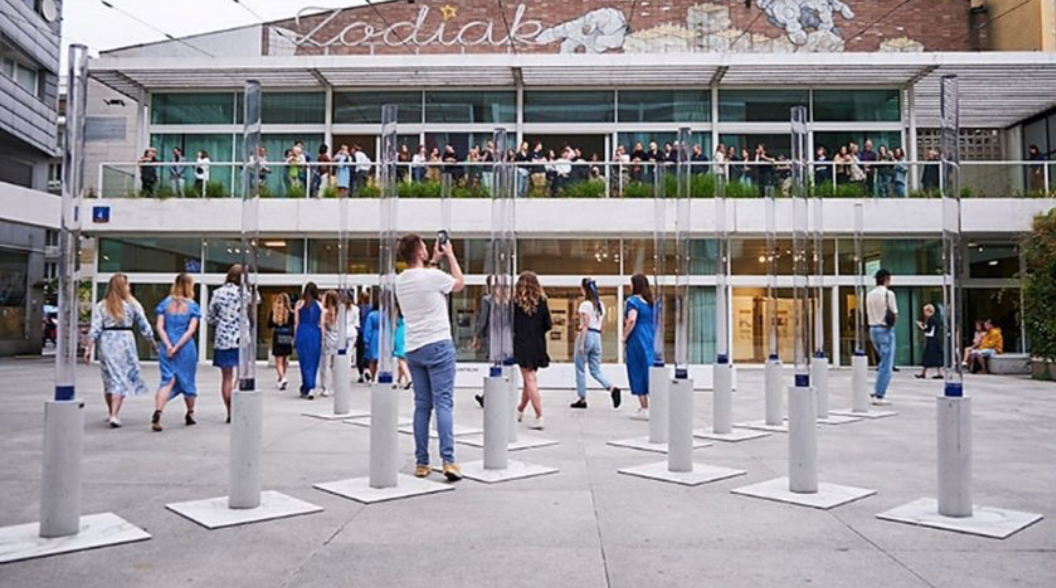
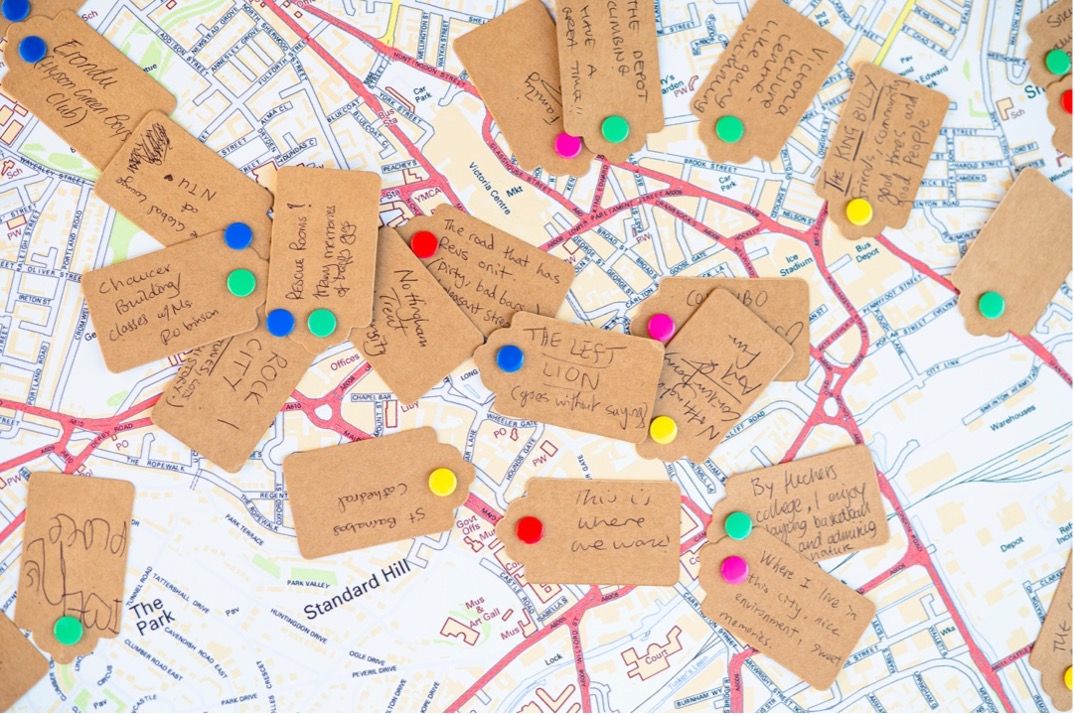

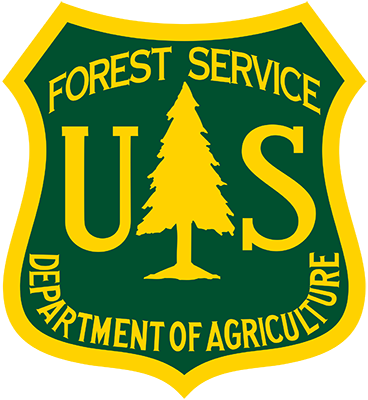






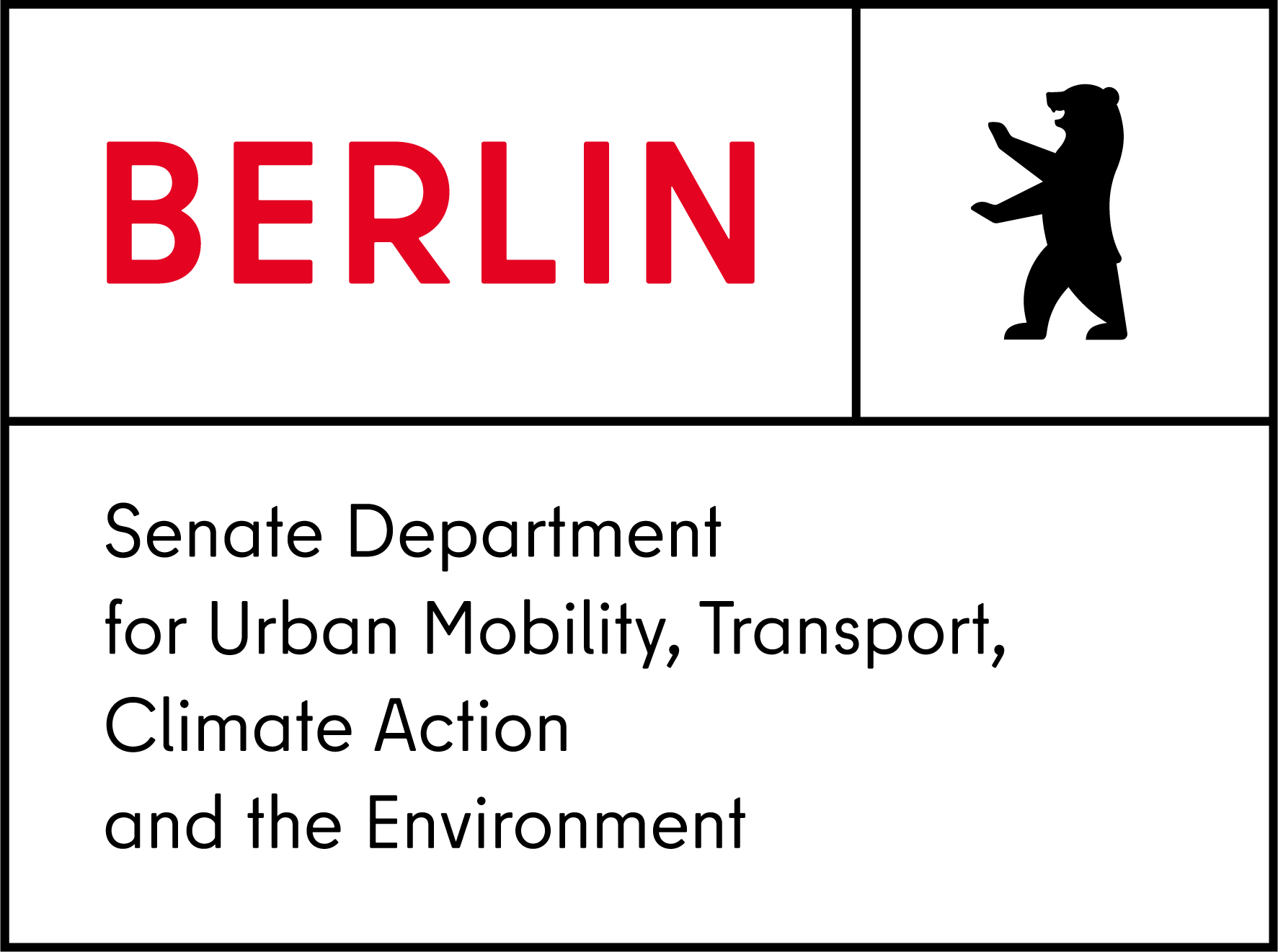
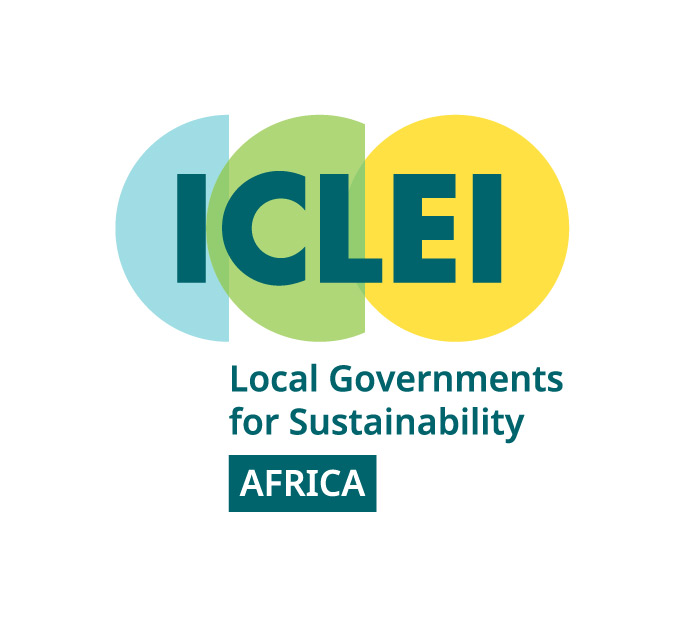
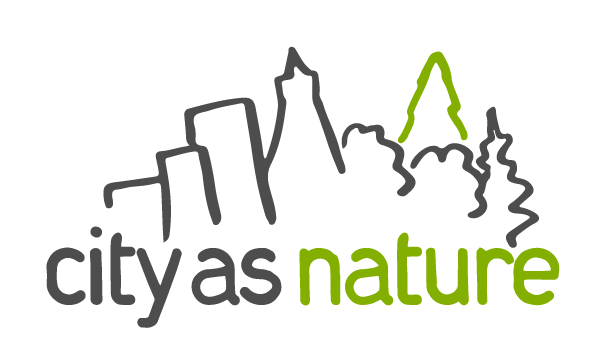
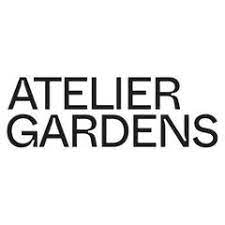








Leave a Reply